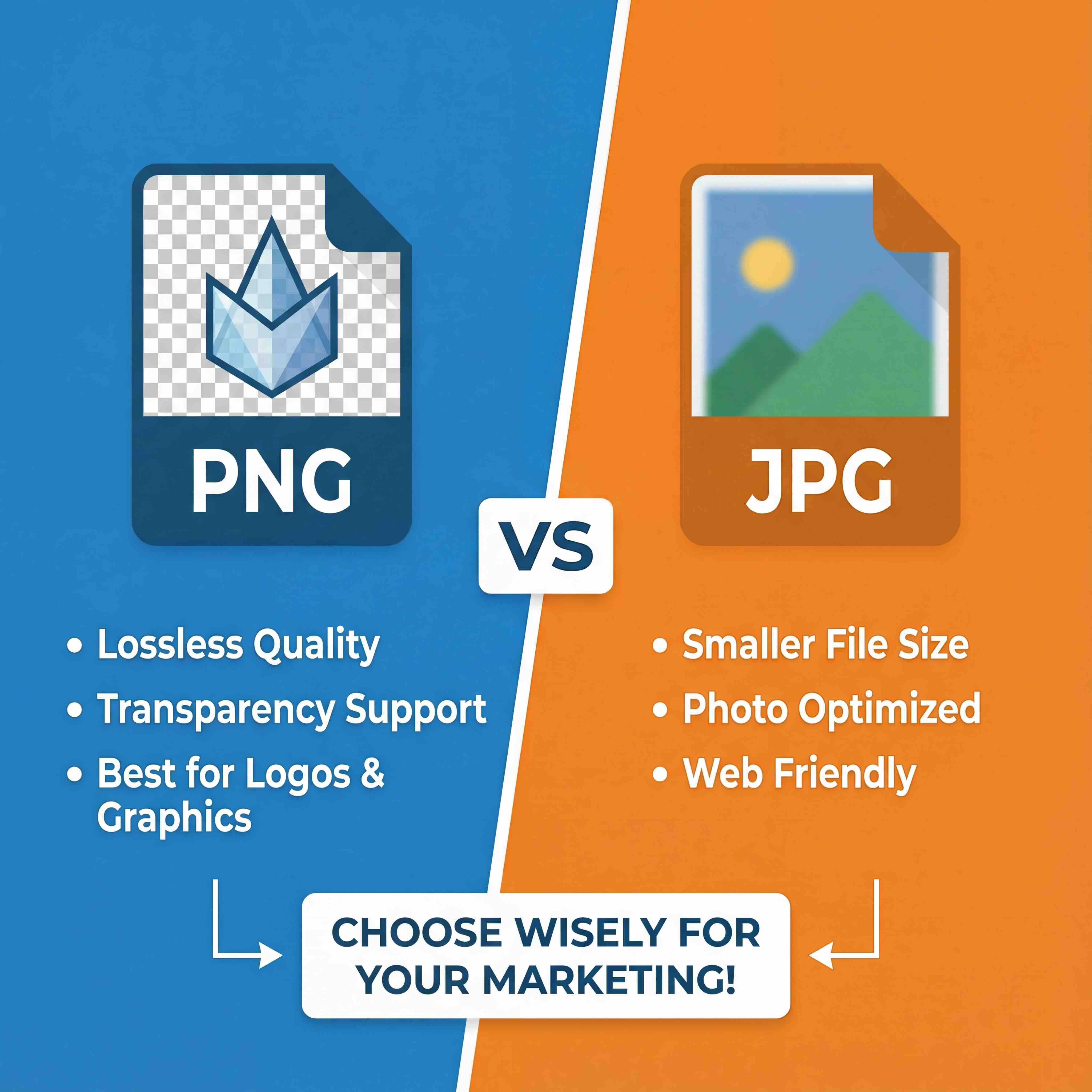Picture this: your machine is locked up for hours—maybe even days—processing a single, complex render. Your team's productivity grinds to a halt. An online 3D renderer is the professional solution to reclaim that valuable time and secure your workflow.
Think of it as a secure, high-performance computing cluster available on demand for your creative projects. Instead of tying up your own workstations, you simply upload your 3D scenes to a compliant cloud platform. That service then applies immense, dedicated computing power to your project, transforming your models into stunning, photorealistic images or animations with enterprise-grade speed and reliability.
What Is an Online 3D Renderer
At its core, an online 3D renderer changes where the intensive computational work gets done. Traditionally, the process of creating a final image from a 3D model—known as rendering—demanded significant local computing power. This often meant a key workstation was completely out of action until the job was finished, creating a major bottleneck.
An online 3D renderer, also known as a cloud rendering service or render farm, offloads that entire workload to a secure network of high-performance servers. Instead of relying on a single machine, your project is processed by a distributed system engineered for one purpose: raw computational speed within a secure framework.
The Core Process Explained
The workflow is designed for efficiency and security. You upload your finished 3D scene file to the service’s secure portal. From there, the platform takes over, systematically breaking down the rendering tasks and distributing them across its powerful infrastructure. Once complete, you receive a notification to download your high-resolution images or video frames.
This frees up your internal hardware for continued creative and developmental tasks. This approach immediately provides professional teams with several key advantages:
- Faster Turnaround Times: Jobs that would take days on a local machine can be completed in just a few hours, accelerating project timelines.
- Freed-Up Internal Resources: Your artists and designers can immediately return to modeling, texturing, and setting up new scenes while rendering occurs securely in the background.
- Access to Elite Hardware: You leverage the power of top-tier processors without the significant capital expenditure and maintenance costs.
An online renderer provides access to supercomputing power for businesses of all sizes. It allows studios to compete on quality and speed, transforming a major capital investment into a flexible, predictable operational cost. For industries like architecture and product design where deadlines and data security are paramount, this model is a strategic enabler.
Why This Matters for Creative Workflows
The true value of an online 3D renderer lies in its ability to eliminate critical bottlenecks in the creative pipeline. For an architecture firm, it means producing realistic, client-ready visualizations in a fraction of the time. For a product design team, it means rapidly iterating on marketing visuals long before a physical prototype exists, all within a secure environment.
To get a full picture of how this works, you can find a complete overview on the rendering and animation process and its impact on creative projects.
Ultimately, by outsourcing the most computationally demanding part of 3D production, teams can focus on their core competency: creation. This shift doesn't just boost productivity; it unlocks creative freedom, enabling more ambitious and detailed projects without being constrained by the limitations of local hardware.
Key Features of Enterprise-Ready Renderers
Adopting an online renderer is about more than just speed. It's about selecting a platform that can handle the demands of a professional workflow, securely and reliably. While many services can produce an image, a true enterprise-ready solution is built on a foundation of security, compliance, and integration. These are the features that distinguish basic tools from strategic production partners.
At its heart, any professional online renderer is built on distributed rendering. Instead of processing a job on a single, powerful machine, this technology intelligently divides the task across a vast network of servers. The result? Turnaround times are dramatically reduced. Jobs that once occupied a workstation for days can now be completed in a matter of hours.
This infographic breaks down the simple but powerful flow of the online rendering process, from the moment you hit 'submit' to receiving the final image.
As you can see, the user interacts with a sophisticated cloud platform that handles all the heavy lifting, turning a complex backend process into a simple, secure, and manageable task.
Core Technical Capabilities
Raw speed is ineffective without broad compatibility. A professional platform must integrate seamlessly with the software your team relies on. This means robust, up-to-date plugins and comprehensive support for the industry’s most common applications.
Key software compatibility includes:
- Blender: Full support for Cycles and Eevee is essential, along with complex node setups and asset libraries.
- 3ds Max: It needs to handle render engines like V-Ray and Corona, preserving every material and lighting detail with precision.
- Cinema 4D: You should expect support for native renderers and third-party solutions like Redshift, making the transition from workstation to cloud seamless.
A clean, organized file management system is another non-negotiable feature. Teams must be able to upload project files, track versions, and manage assets without friction. This is crucial for preventing costly mistakes and maintaining smooth production pipelines, especially when multiple artists are collaborating on a single project.
Comparing Enterprise-Grade vs Basic Online Renderers
Not all online renderers are created equal. The table below highlights the crucial differences between a platform built for professional teams and more standard services.
Ultimately, an enterprise solution is an investment in reliability, security, and efficiency that pays for itself by keeping your projects secure and on schedule.
Enterprise-Grade Security and Support
For any business, protecting intellectual property is paramount. That’s why leading online rendering solutions are built on a foundation of security that extends far beyond a simple password.
A truly secure online 3D renderer provides end-to-end encryption for all data, both in transit and at rest. It also holds verifiable compliance certifications, like ISO 27001, which demonstrate a commitment to internationally recognized information security standards. This is not just a feature; it is critical for maintaining client trust and protecting sensitive project files from unauthorized access.
Finally, dedicated support is what truly separates a professional service from a simple tool. When facing a critical deadline, you cannot afford to wait days for an email response. Enterprise-level support provides direct access to technical experts who understand 3D workflows and can resolve issues promptly, ensuring your projects never stall.
The Real Pay-off: Strategic Benefits of Cloud Rendering
Switching to an online 3D renderer isn't just a technical upgrade—it’s a strategic business decision that directly enhances agility and improves your bottom line. While speed is the most visible benefit, the true value lies in how it reshapes your operations, financial model, and collaborative capabilities.
The most significant change is the shift from a capital expenditure (CapEx) model of buying hardware to a flexible, operational expenditure (OpEx) model. Acquiring, maintaining, and upgrading an in-house render farm is a substantial and ongoing financial commitment. An online renderer removes these costs entirely.
Unlock True Scalability and Cost Efficiency
With a cloud solution, you no longer pay for underutilized hardware. Instead, you gain access to virtually unlimited computing power precisely when you need it, and you only pay for what you use. For studios of any size, this elasticity is transformative.
- Take on larger projects: Address large-scale, high-resolution jobs without concern for local hardware limitations.
- Meet tight deadlines: Instantly scale rendering capacity to deliver client work well ahead of schedule.
- Reduce overheads: Eliminate costs associated with power, cooling, and the physical space required for on-premise servers.
This model is fueling significant market growth. The European 3D rendering market reached USD 945.66 million and is projected to grow at a CAGR of 19% through 2033, largely because these services make high-end rendering accessible and affordable.
A Hub for Better Teamwork and Agility
An online 3D renderer becomes a central hub for your team, removing barriers between remote and hybrid workers. An artist in one location can submit a job, and a project manager on another continent can monitor its progress in real-time. This creates a fluid, responsive, and accountable workflow.
When rendering is no longer tied to a specific machine in an office, teams can iterate faster and collaborate more freely. In a market where speed and quality are everything, that agility is a serious competitive advantage.
To fully appreciate this, consider the broader impacts of cloud computing on modern business operations. Centralizing intensive tasks doesn't just save money; it fosters a more dynamic and connected work environment.
More importantly, it frees up your most valuable resource—your creative talent. Instead of managing render queues or troubleshooting hardware, your artists can proceed directly to the next creative task. This is how you achieve real productivity gains. To see how this fits into a bigger picture, check out our guide on 3D rendering for product visuals. This is where cloud rendering delivers its greatest return: by giving your team back their time.
Integrating Renderers into Your Secure Workflow
Modern creative production is not a solitary effort. It is a connected ecosystem where ideas and assets must flow seamlessly—and securely—between team members. An enterprise-grade online 3D renderer does more than accelerate image creation; it becomes a central, secure hub for that entire ecosystem, designed to integrate directly with your existing tools.
This deep integration elevates a simple tool into a core component of your production pipeline. By eliminating insecure manual file transfers via email or consumer-grade sharing services, a professional online renderer connects directly to your digital asset management (DAM) systems and other collaborative software, creating a protected, frictionless workflow from start to finish.
Building a Secure and Frictionless Pipeline
This seamless connection is achieved through Application Programming Interfaces (APIs) and dedicated software plugins. Think of these as secure bridges that allow different software applications to communicate directly with one another.
For your team, this means rendering jobs can be initiated directly from your primary 3D application—like Blender or 3ds Max—without ever leaving the interface. This direct line of communication is a game-changer for project integrity and security.
- Eliminates Risky Transfers: By removing the need to manually download and re-upload files between platforms, you significantly reduce the risk of data leaks or accidental deletions.
- Enforces Strict Version Control: All project files and rendered outputs are managed in a centralized location, ensuring everyone works from the most current assets and preventing costly rework.
- Automates Tedious Tasks: Integration can automate repetitive jobs, like organizing rendered files into the correct project folders, freeing up your artists to focus on high-value creative tasks.
This level of connectivity is the foundation of an organized and secure workflow. To better understand how these stages fit together, explore our detailed guide on what is pipeline management and its role in creative production.
For an enterprise, a properly integrated online renderer isn't just a convenience—it's a compliance and security necessity. It ensures that your valuable intellectual property remains within a controlled, auditable environment at all times, from the initial model to the final approved visual.
A Central Hub for Collaboration and Feedback
When your online 3d renderer is woven into your workflow, it also becomes a powerful collaboration tool. Project managers can track the status of render jobs in real-time. Art directors can review finished frames the moment they’re complete. Feedback can be shared instantly, all within the same secure platform.
The result is a much faster and more transparent review and approval cycle.
This is especially valuable for remote and hybrid teams, as it provides a single source of truth for all rendering-related activities. Every action is logged, and every asset is accounted for, which means project integrity is maintained regardless of team members' locations. Ultimately, this integration allows an online renderer to deliver on its promise of not just speed, but also security, control, and compliance.
Real-World Applications in Creative Industries
The true value of an online 3D renderer is demonstrated by its ability to solve genuine business challenges. Across creative fields, these platforms are not simply accelerating timelines; they are enabling a new standard of quality and innovation that was previously unattainable for many studios or projects with tight deadlines.
Architecture provides a perfect example. Firms now leverage cloud rendering to create compelling, photorealistic visuals that are crucial for winning client approvals. Instead of waiting days for a single high-resolution image, they can generate multiple design options overnight, helping them secure project approvals far ahead of schedule.
This speed is a significant business driver, as reflected in market data. The global 3D architecture rendering market is projected to grow from $1.5 billion to $5.5 billion by 2033. For more on this trend, you can review projections on OpenPR.com.
Accelerating Product Design and Marketing
In the product development sector, speed to market is critical. An online renderer enables teams to create highly realistic marketing images and product visuals long before a physical prototype exists. This provides several key advantages:
- Early Marketing Campaigns: Promotional materials can be launched concurrently with production, significantly reducing the go-to-market timeline.
- Rapid Design Iteration: Teams can test different materials, colors, and configurations without the high cost of producing physical models for each variant.
- Enhanced E-commerce: Businesses can create flawless, consistent product imagery for online stores and digital catalogs, strengthening brand presentation.
This digital-first approach allows companies to gauge market reaction and gather crucial feedback before committing to expensive manufacturing processes.
By decoupling rendering from physical production, businesses can make smarter, data-driven decisions while significantly accelerating their go-to-market strategy. It transforms a technical process into a powerful competitive edge.
Powering Animation and Visual Effects
The animation and VFX industries have always operated at the limits of computing power. For these sectors, online renderers are essential. They provide the only feasible way to handle the complex, layered scenes that would overwhelm a single workstation.
Whether it’s a sprawling cityscape for a feature film or a detailed character animation, cloud render farms can process thousands of frames simultaneously. This distributed power enables studios to take on more ambitious projects, meet demanding broadcast deadlines, and deliver the exceptional visual quality that audiences expect.
This holds true for related fields, like interior design, where advanced visualization is critical. You can see how modern interior design rendering tools are making it easier than ever to bring spaces to life. For these industries, an online 3D renderer isn't just another tool; it's the engine that drives their entire creative pipeline.
How to Choose the Right Online 3D Renderer
Selecting an online 3D renderer is a significant decision that directly impacts your budget, workflow, and the security of your most valuable assets. With the global 3D rendering market expected to reach US$ 23.78 billion by 2034, making an informed choice is more critical than ever. You can explore more market insights at Towards Packaging.
First, consider the pricing model. Does a pay-as-you-go structure suit your freelance or project-based work? Or would a predictable monthly subscription be more appropriate for your team’s consistent workload? A quality provider should offer flexible options so you only pay for the rendering power you actually need.
Don't Skimp on Security and Compliance
For any professional studio or enterprise, security is not an optional feature; it is a fundamental requirement. Your 3D models, textures, and project files constitute valuable intellectual property. Your rendering partner must act as a digital fortress.
Look for providers who demonstrate a serious commitment to security with recognized certifications. These are the non-negotiables:
- ISO 27001 Certification: This is the international standard for information security management. It provides third-party verification that a provider has robust, audited systems in place to protect your data.
- End-to-End Encryption: Your files must be encrypted from the moment you upload them, while they are stored, and during download. There should be no exceptions.
- Clear Data Policies: The provider should be fully transparent about data handling, with terms of service that explicitly state you retain ownership of your IP.
Choosing a renderer without verifiable security protocols introduces significant risk. It’s not just about protecting files—it’s about maintaining client trust and ensuring your entire pipeline remains compliant with industry standards.
Check for Smooth Integration and Real Support
Finally, the most advanced technology is ineffective if it doesn't integrate into your workflow. Ensure the service offers stable, up-to-date plugins for the 3D software your team uses, whether that’s Blender, 3ds Max, or Cinema 4D. Poor integration creates friction, wastes time, and stifles creativity.
Equally important is support. When facing a tight deadline, you cannot afford to wait days for an email response. You need a partner with a support team that understands 3D production and can help you solve real-world problems quickly and effectively.
Got Questions? We've Got Answers
Transitioning to cloud rendering can seem like a major step, particularly when your valuable creative assets are involved. Let's address some of the most common questions from creative professionals.
How Secure Is My Intellectual Property?
This is a critical concern, and rightly so. Any reputable online renderer prioritizes security. Look for providers with strong credentials like ISO 27001 certification.
They should also offer end-to-end data encryption and have a transparent privacy policy that affirms you—and only you—own your work. Your project files should be handled with the highest level of security, protected at every stage from upload to download.
Is Cloud Rendering Worth It for Smaller Projects?
Absolutely. This is an area where cloud rendering provides significant value. Most services operate on a pay-as-you-go model, which is ideal for freelancers and small studios.
Instead of a large upfront investment in an in-house render farm, you gain on-demand access to immense computing power. For one-off or infrequent projects, using an online 3d renderer is almost always more cost-effective than purchasing and maintaining dedicated hardware.
"Professional online rendering services are built to integrate directly into your existing workflow. They typically require a simple plugin for your 3D software, which makes the process intuitive for experienced artists and minimizes the learning curve."
What's the Learning Curve Like?
Surprisingly low. The best platforms are not designed to be another piece of complex software to learn. They are engineered to plug directly into the tools you already use daily, like Blender or 3ds Max.
Typically, the entire process is managed with a few clicks to submit your job to the cloud—all from within an interface you already know.
Ready to bring your creative workflow and AI together? Virtuall gives your team a single, secure space for 3D, image, and video generation. Go from concept to final asset, faster than ever. See the future of creative production at https://virtuall.pro.











